158 LANAP – Will LANAP Save My Teeth? (5 of 5)
It can be very difficult to properly treat periodontal or gum disease. The success of a treatment is measured based on its ability to reduce inflammation, minimize the depths of periodontal pockets, and stop or slow down attachment loss.
In more severe gum disease cases, gum surgery may be required. Dentists typically recommend the use of laser gum surgery compared to other traditional methods. The laser gum surgery has numerous benefits including expedited healing time, less discomfort, and treatment which helps promote improved bone health. Stimulating the bone with a highly targeted laser encourages the body to regrow bone which was damaged or lost from periodontal disease. In many cases, teeth which have become loose or wiggly can also be preserved. This eliminates the need for tooth extraction and additional procedures, such as dental implants, which are used to replace missing teeth. Laser gum surgery is called LANAP which stands for laser-assisted new attachment procedure. This treatment helps improve the patient’s teeth, gums, smile, and oral health.
Traditional Gum Surgery
Traditional gum surgery is also called osseous surgery. During this procedure, the dentist will use a scalpel to cut back the gums. They are then folded or flapped back in order to expose the roots. This gives the dentist access and visibility into the bone which supports the teeth. Damaged bone is reshaped and grafted with graft material if needed. Gums are cut away as well, which helps reduce periodontal pockets which have formed. The ideal depth is about 3mm. Gums are finally closed with sutures and the healing process begins. While this procedure is effective, it requires significant time for treatment, extended recovery periods, and results in significant pain. In addition, osseous surgery can cause the gums to recede.
LANAP Gum Surgery
LANAP gum surgery uses advanced lasers for treatment. Rather than using a scalpel, a laser targets the damaged areas. Clinicians must be certified and properly trained in order to perform this procedure. The laser fiber is inserted between the tooth and gum, eliminating the need to remove gum tissue. The laser has specific settings which give the laser light energy the ability to specifically target damaged gums and inflammation sources. Healthy gum tissue is not impacted or removed. Because this procedure does not use scalpels or sutures, there is limited pain and discomfort following the surgery.
In the past, the only option patients had for treating advanced periodontal disease was invasive and painful surgery. While osseous surgery is highly effective and has been in use for about 70 years, it is quite invasive and involves cutting away and removing infected gum tissue, drilling into the bone, tooth removal, and the use of sutures to close the surgical site. There are numerous side effects associated with traditional gum surgery such as receding gums and increased sensitivity. Fortunately, modern advances and improved technology offer patients a more effective and less invasive solution through the LANAP procedure.
Benefits of LANAP are that it is minimally invasive and highly effective. It is considered a regenerative technique which aids in the growth and rejuvenation of gum tissue. The need to cut away the gums is eliminated with LANAP. The laser surgery is able to treat gum disease without significant pain, receding gums, sensitivity and other complications associated with more traditional gum disease treatments.
Follow up with your dentist to discuss treatment options for periodontal disease. Treating the disease in a timely manner is critical to preserve the teeth and restore oral health. LANAP surgery is an excellent treatment option for many patients.
